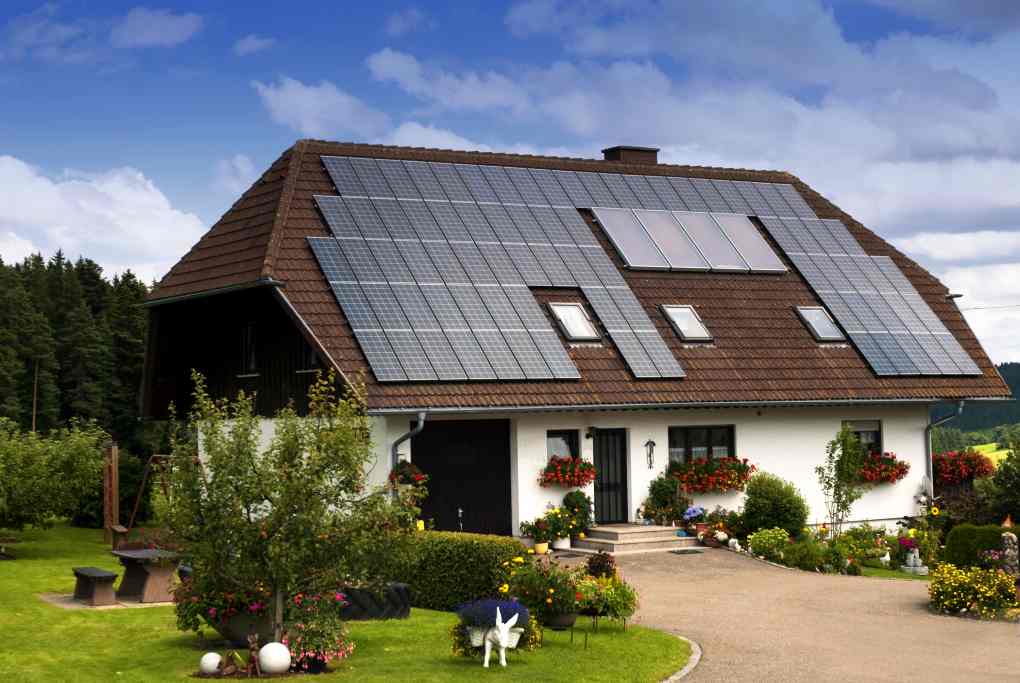A lot of people are under the impression that having an energy-efficient home requires building one yourself from the ground up. That might be a good idea if you’re in need of a brand-new house, but for those who already own a home, a remodeling job will do just fine. A remodel is not only sustainable, as you’re not using as much new materials and working with an existing infrastructure, but they can also be accomplished on a smaller budget.

Perform a thorough energy audit
An energy audit is the first in several steps towards improving your home’s energy performance. It provides you with a priority list of tasks you need to accomplish in regards to energy repairs. Most utility companies will conduct an energy audit for a small fee or completely free of charge. A professional auditor will analyze all energy systems in your house to see how well they work together and compare that data with your electric and utility bills in order to find the root of the problem. Before you schedule the audit, make sure you pick an auditor who is good at explaining all the details and answering all the questions you might have.
Seal up air leaks
The majority of energy-efficiency retrofits revolve around plugging all the air leaks, adding or replacing the insulation and replacing wasteful appliances with more efficient ones. That said, there’s an order in which things should be done, and air sealing should always go before insulation, as you will be insulating on top of things that need to be sealed up. Start by sealing up the attic first and then move on to caulking between floorboards and wallboards, as well as the window trim. Pay additional attention to the switch box and electric outlets and seal any gaps above false ceilings and soffits. Lastly, seal the exhaust vent, plumbing and wiring penetrations.
Increase or completely replace insulation
Once you’ve completely sealed up every nook and cranny you could find, focus on properly insulating the attic first. Insulating the walls can be rather difficult to accomplish on your own, especially when there’s a lot of wiring hidden behind the walls, but also due to old, decayed insulation that can be rather tricky to remove from such a tight space. Besides the walls, you also need to check whether insulation inside the basement, floor, crawlspace, and attic meet the minimum recommended requirements. If you experience any issues with removing or installing insulation, don’t hesitate to call in the professionals and let them handle it.
Additional considerations
Moisture is the number one problem when air-sealing the house. Not being careful can result in moisture getting trapped inside the walls and causing them to rot. Small instances of moisture accumulating in the bathroom and kitchen can easily be resolved with proper ventilation. If you’re living in a humid environment, then you might want to skip the insulation process completely in order to avoid creating issues in regards to moisture. Make sure to perform thorough checkups; for example, professional asbestos removal in Sydney is practically a must for a lot of old houses. This will help you ensure that there are no safety hazards for you and your family, so don’t hesitate to schedule a visit.
Get energy-efficient lights and appliances
The average household has more appliances than ever before. This results in an increased energy expenditure and significantly larger electricity bill. Large appliances, including dishwashers, washers and dryers, refrigerators and stoves waste the most energy and replacing old models with new, energy-efficient ones should be on your list of priorities. Even the lights can be made more efficient by replacing the wasteful incandescent lights with LED or fluorescent bulbs which are at least four to six times more efficient and require less than a quarter of energy an incandescent bulb uses to work.
As you can see, energy-proofing your home is not as hard as it may appear. All you need to do is seal up the place, recheck the insulation, change energy-guzzling appliances and be careful not to create an environment where mold and mildew can grow. Simple as it is, remodeling to make your home more energy-efficient might require a small investment, but the benefits will become apparent with your next electricity bill.
